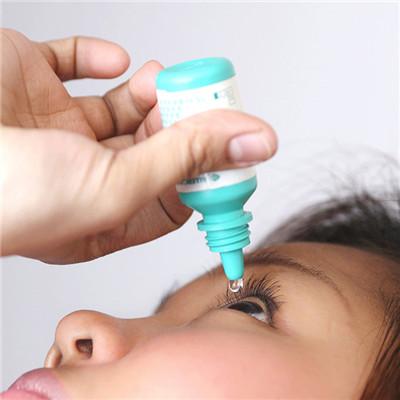How to treat optic nerve injury?
summary
Nearly 10% to 20% of all traumatic brain injury patients have different degrees of optic pathway or oculomotor nerve related injury. For a variety of reasons, these patients with a large base have not received adequate and standardized surgical treatment in China, resulting in blindness and other serious consequences, which will bring heavy pressure and burden to patients and families. So let's understand how to treat optic nerve injury??
How to treat optic nerve injury?
First: optic nerve injury itself is trauma. Craniocerebral trauma includes brain trauma, such as hematoma and brain contusion and laceration, etc. craniocerebral trauma includes skull fracture and skull base fracture. Because cranial nerves are sent out from the brain, craniocerebral injury is often combined with cranial nerve injury. After cranial nerve injury, the impact on people is very large. There are 12 pairs of cranial nerves, of which at least 7 pairs are related to vision. Once the optic nerve is injured, it has a great impact on people's quality of life. There are nearly 20% - 30% of brain injury, often combined with varying degrees of optic pathway or oculomotor nerve injury; The single statistic was that 2% of all brain injuries had complete optic nerve injury.

Second, there is no unified standard for the treatment of optic nerve injury in China. At present, the most common cause of optic nerve injury is traffic accident, especially now electric vehicles are more popular, fast and do not wear helmets. If you fall, you will land on your face first, which is a typical indirect optic nerve injury. The optic nerve is divided into four segments, namely, the intraocular segment, the orbital segment, the optic nerve canal segment, and the intracranial segment. In these four segments, except the optic nerve canal segment, the three segments have buffers or soft tissue structures around them. Only the optic nerve of the optic nerve canal segment is wrapped in the bone canal. The optic nerve canal is a bony organ, and the optic nerve goes inside. So when the indirect injury occurs, the power is transmitted, and everything else has a buffer. Only the position of the optic canal is fixed. Fracture is easy to occur. The fracture piece and the bleeding after fracture will compress the optic nerve, causing edema and ischemia of the optic nerve. The bone wall around the optic nerve tube limits this edema. For example, our ankles are twisted, but our shoes are very tight and we can't take them off, but our feet are more and more swollen. The same is true of the optic nerve. Once the edema is very severe, there is no place to expand, no place to relieve the edema, and the nerve function will gradually disappear. Therefore, the most important treatment for optic nerve injury is to reduce the effect of indirect edema or ischemia on optic nerve function.

Third: one is the optic nerve decompression, which is to remove the bony part of the optic nerve tube, just like a twisted foot and a shoe, so that the nerve function can recover slowly. If we need to, we can also cut the optic nerve sheath and wrap the optic nerve fiber with a layer of membrane, which is the optic nerve sheath, just like our wires have a layer of insulating plastic skin. When does the optic nerve injury need to be operated? We advocate that the operation should be performed as early as possible when conditions permit. However, most of the optic nerve injuries are combined with brain injury. The patient may be in a coma and does not know whether there is a problem with vision, so we can only do it as early as possible. We can control the time window in about two weeks, that is to say, for patients who have no light perception after injury, the longest time we can do is not more than two weeks. In these cases, the patients are mainly divided into two categories. One is that the eyes have no light perception after injury, and the optic nerve function is seriously damaged. The prognosis of these patients is far lower than that of patients with light perception. For patients who have no light perception for more than two weeks, we do not recommend surgery because the optic nerve has atrophied and decompression may not be effective.

matters needing attention
Optic nerve decompression using endoscopic nasal optic nerve decompression surgery, the relative advantage is very obvious. In terms of the effect of decompression, the scope of decompression is no worse or even better than craniotomy; In addition, the most important is minimally invasive, patients recover quickly. In addition to the recovery of vision, patients can be discharged in three or four days.














